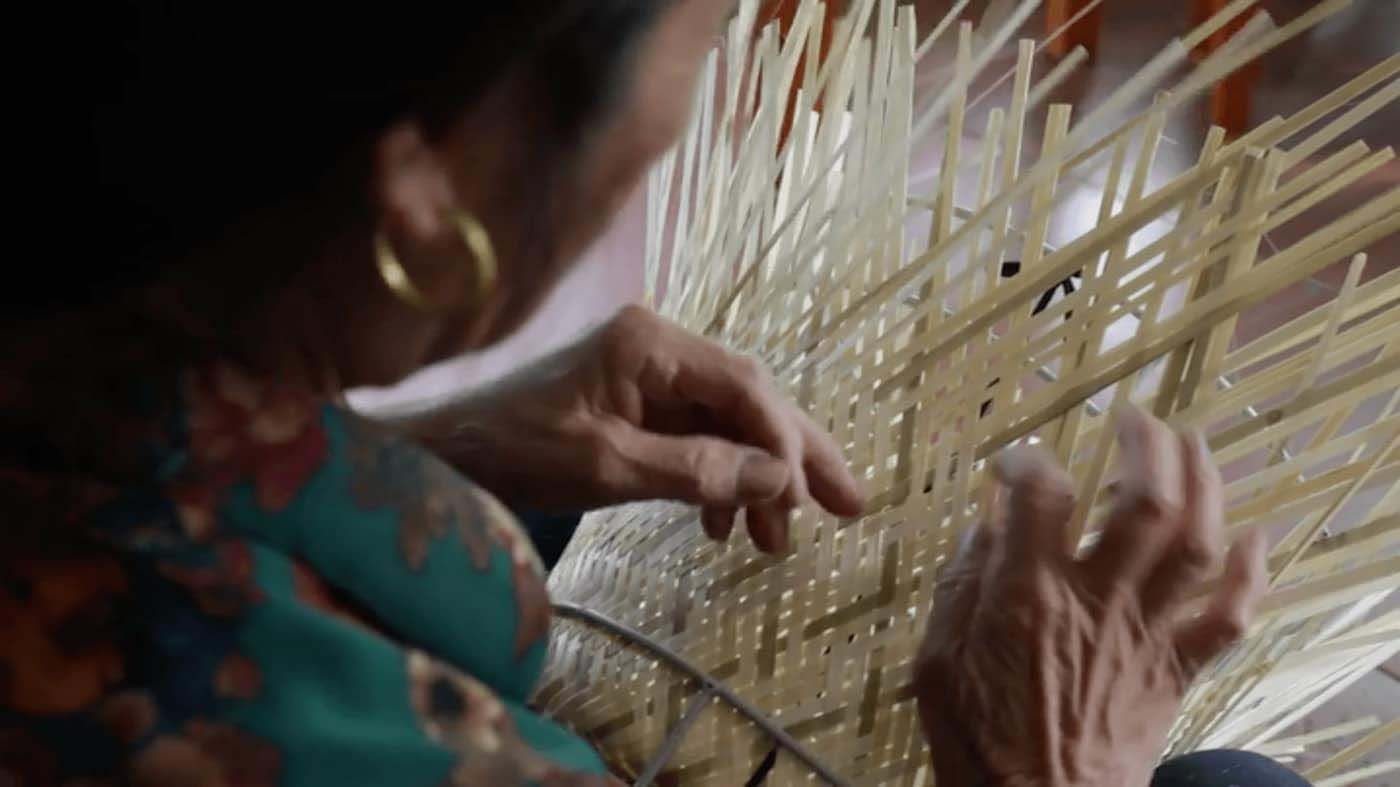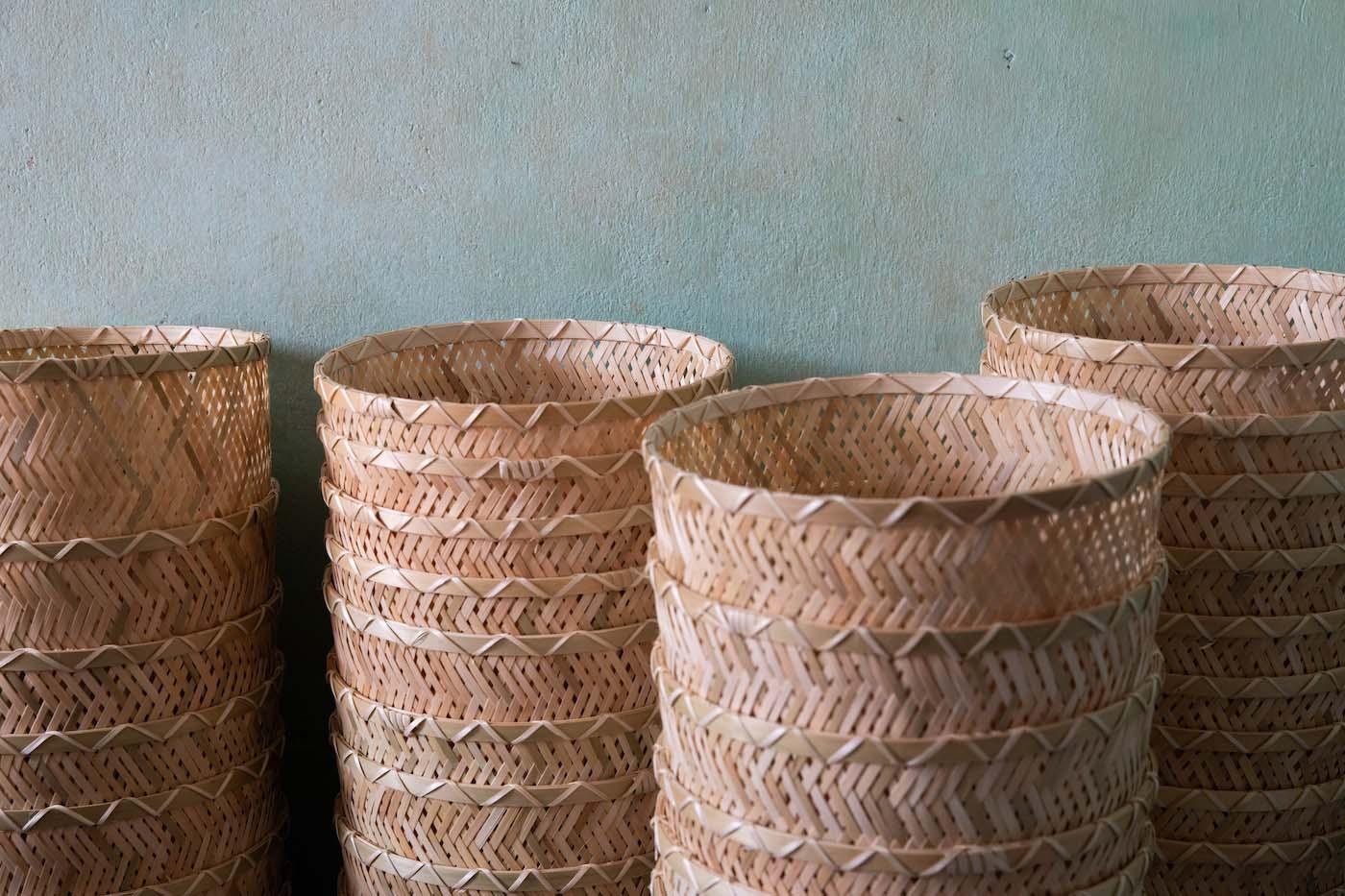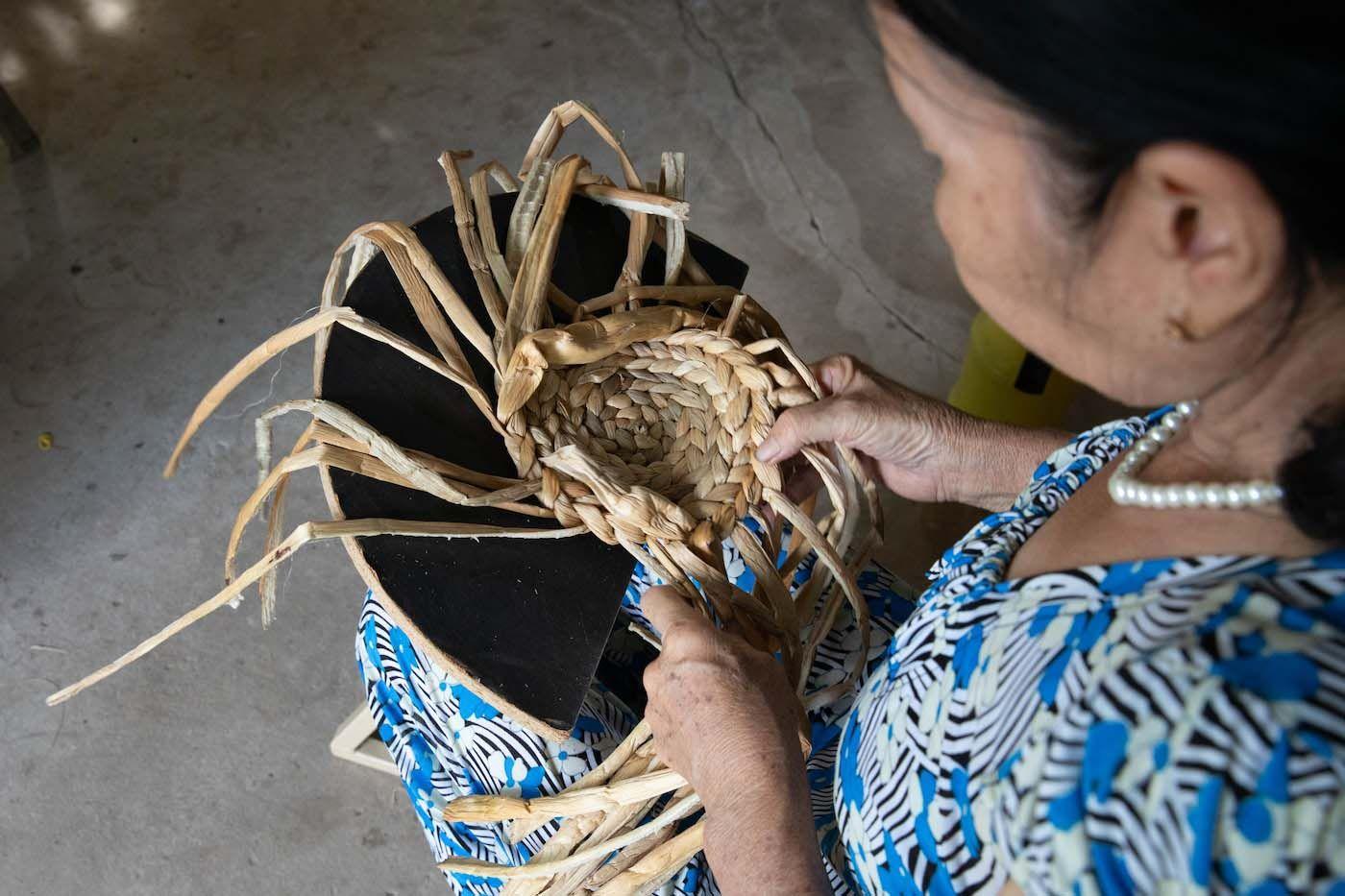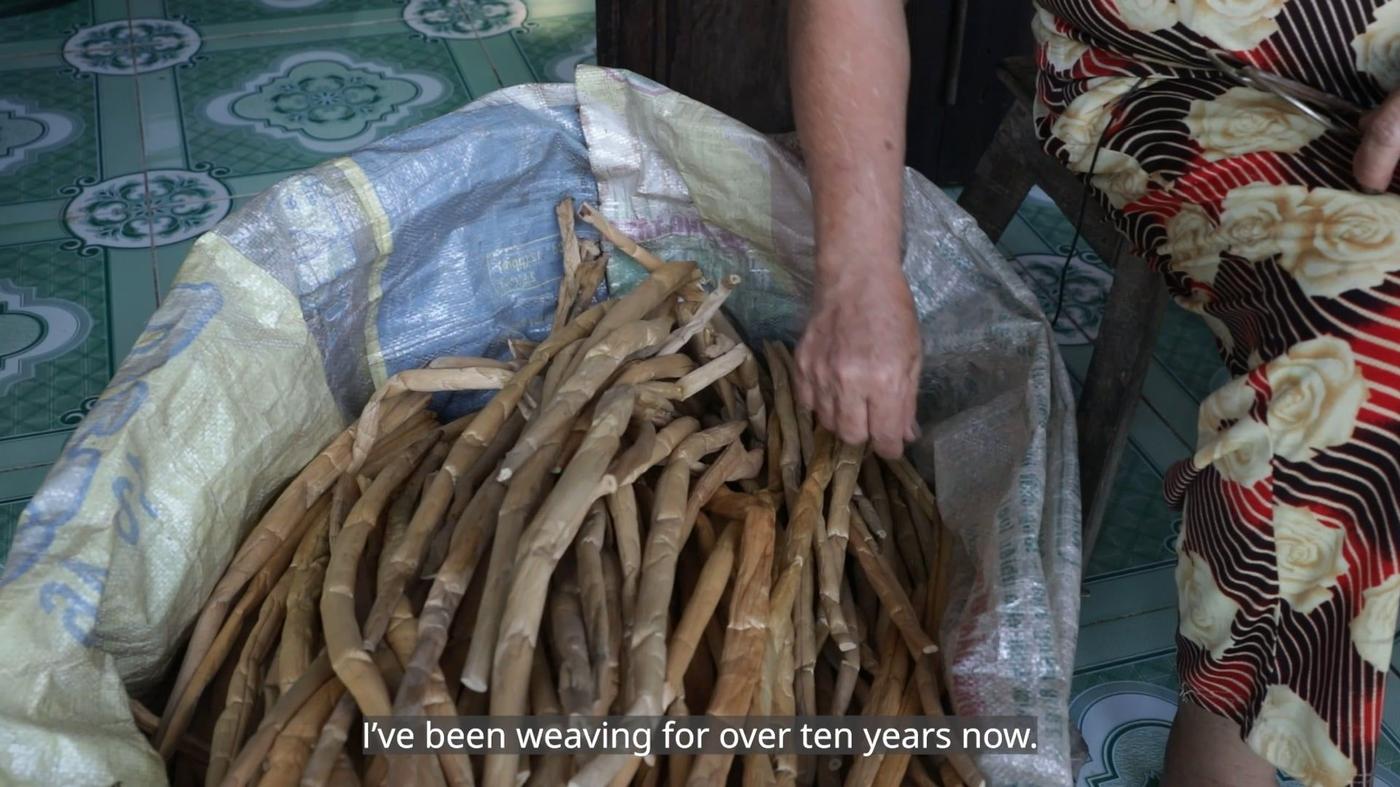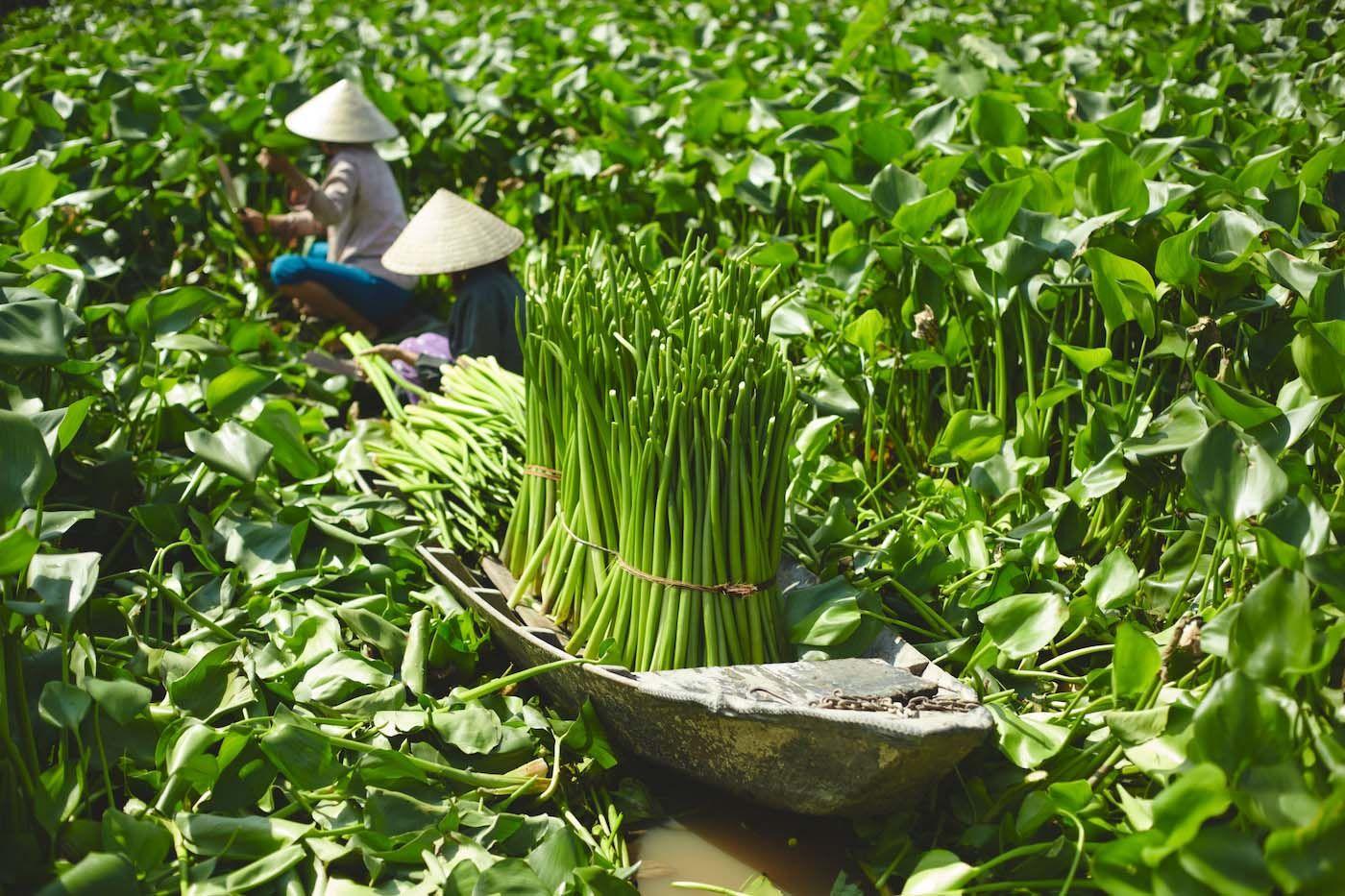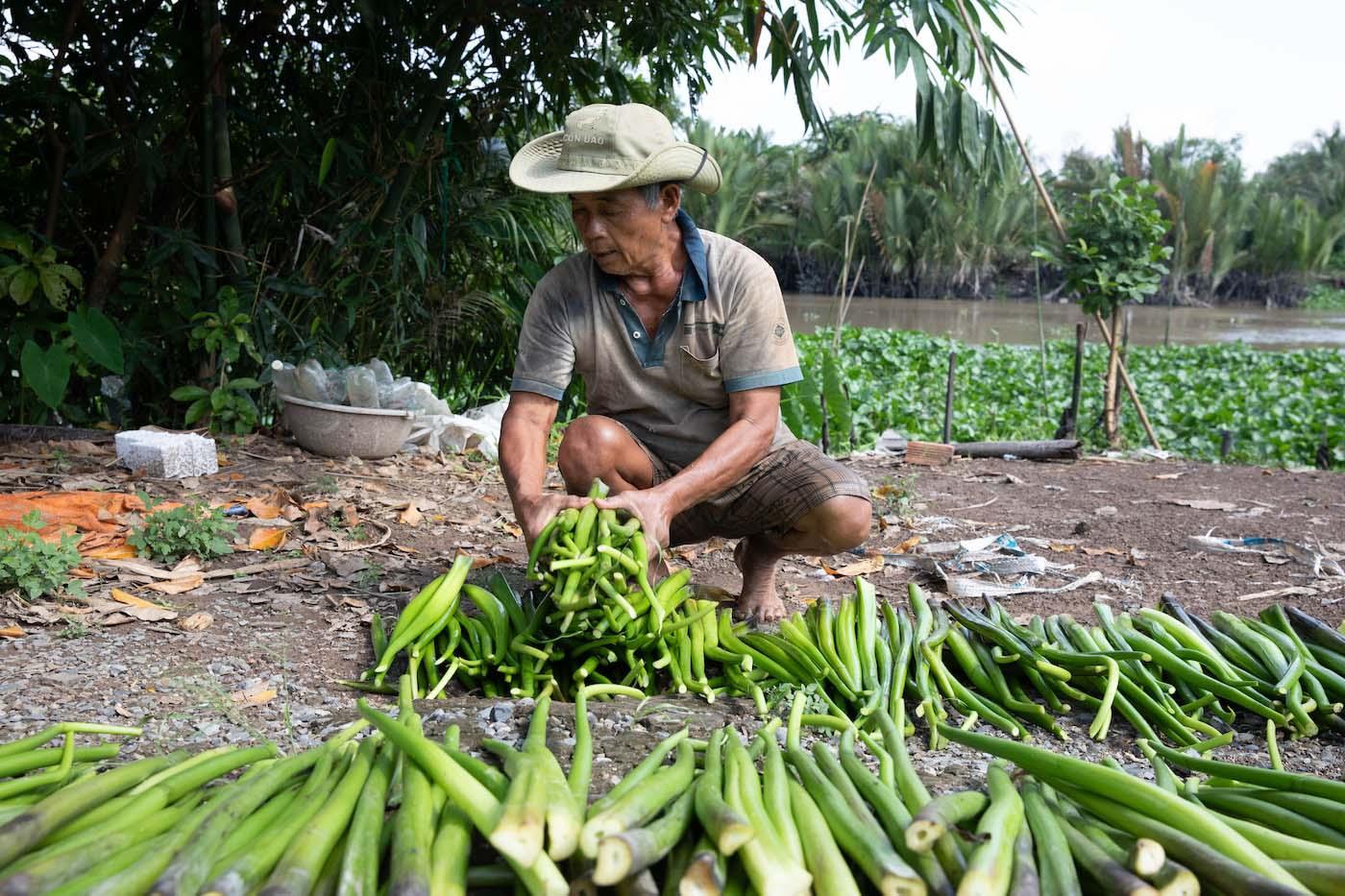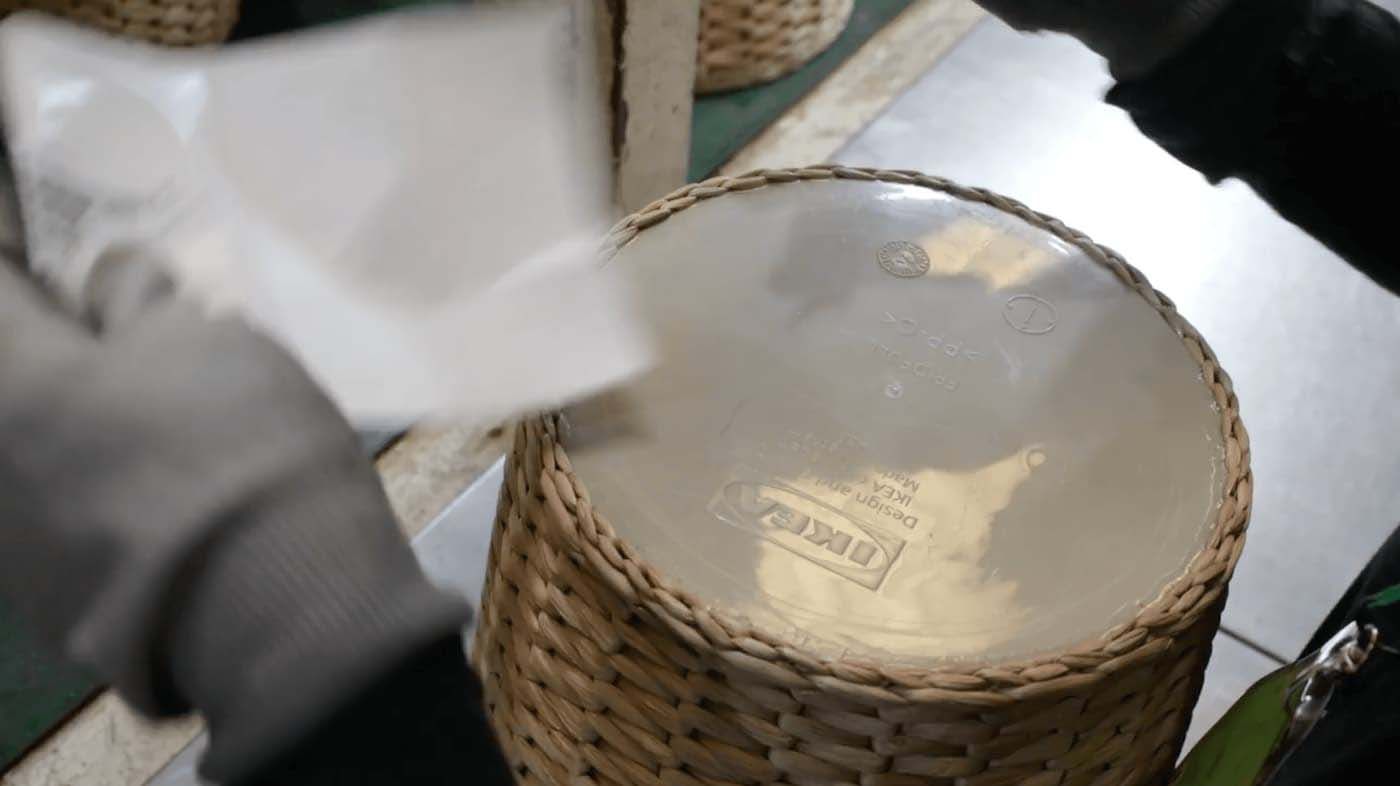IKEA natural fibres
Found in nature, woven by hand
Weaving is an age-old technique used to handcraft home furnishing products from natural fibres, bringing warmth and the human touch into people’s homes. Let’s take a look at how some of your favourite IKEA products are plaited and woven into life.
Stretching back 12,000 years to the Neolithic period, we find the very first known examples of weaving. From Peru to China and Turkey, creating fabric from natural fibres changed the way humans were able to dress themselves and their homes. By 3,000 B.C. the ancient Egyptians had started to create beautiful, ornate furniture from woven pieces of dried grass collected from the banks of the Nile.
A well-woven history
At IKEA, we’re fascinated by what the future may bring while still holding on to values and traditions that serve the many. It’s one of the reasons the majority of our natural fibre products are woven by hand. Plaited and woven furniture first appeared in the IKEA catalogue in the 1950s and hasn’t left the range since. From indoor and outdoor lounge sets to baskets, plant pots, and lamps, woven products have a place in our hearts and a spot in just about every room in the home.
Working better together
As a business, we believe in finding ways to simultaneously improve our products and the working conditions of the people who make them. Working with home weavers is one of the ways we are doing just that. Weavers can have the comfort and autonomy of working in their own space, in their own time. We benefit from having close connections with talented craftspeople who create beautiful, well-made products that give ancient traditions a home in contemporary society.
Every item at IKEA starts as a thought. Through many, many rounds of ideation and prototyping, a product emerges! But what happens in between? Let’s see how one of our products – the FRIDFULL plant pot – is hand-woven by home weavers in Vietnam.
Harvesting
Water hyacinth is an aquatic plant found in bodies of freshwater such as lakes, rivers and ponds. Left unattended, it will grow with abandon, forming dense mats on the water's surface and can be known to clog waterways. Using water hyacinth as a material is a wonderful way to keep waterways clear – combining sustainable material sourcing with traditional techniques. Harvesters will chop off the fibrous stems, which can then be prepared for weaving.
Cleaning and drying
It should come as no surprise that water hyacinth is a rather juicy plant. The collected stems are cleaned and then spread out in the sun to dry out. As this is a natural process, the drying time is climate-dependent and can take a few days. Once properly dried, the stems are ready for manipulation!
Weaving
Now that the water hyacinth stems are dry and pliable, they are ready for weaving. The weaving process is dependent on the item being made. The FRIDFULL plant pot is woven around a metal skeleton attached to a rotating base. The rotation of the wooden base gives the weaver the ease to work skillfully at pace.
Off to the factory they go!
Once a home weaver has woven their order, a collection will be arranged and a vehicle will transport the order to a factory. At the factory, each item goes through a series of thorough quality checks and treatments. From there, products are then distributed to stores around the world. And after that? Hopefully your home!
"I love working with natural fibers because they’re authentic, versatile, and locally sourced. Each material has unique characteristics, whether light or dark, flexible or stiff. Working with natural fibres also means we often have the privilege of collaborating with skilled artisans who keep traditional craftsmanship alive and thriving!"
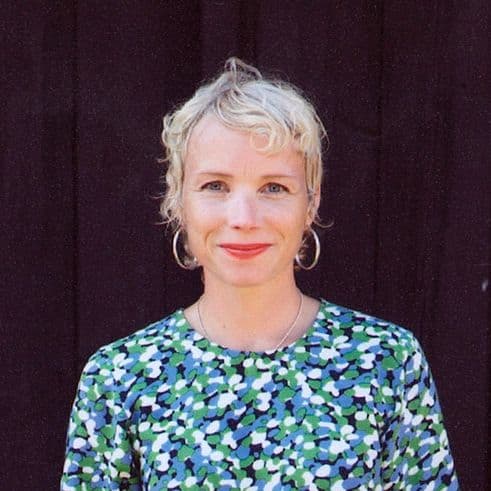
Want to know more about handmade products?
Whether you're interested in handwoven rugs, handblown glass, or how we work with artisans around the world, you'll find what you're looking for at the link below.
